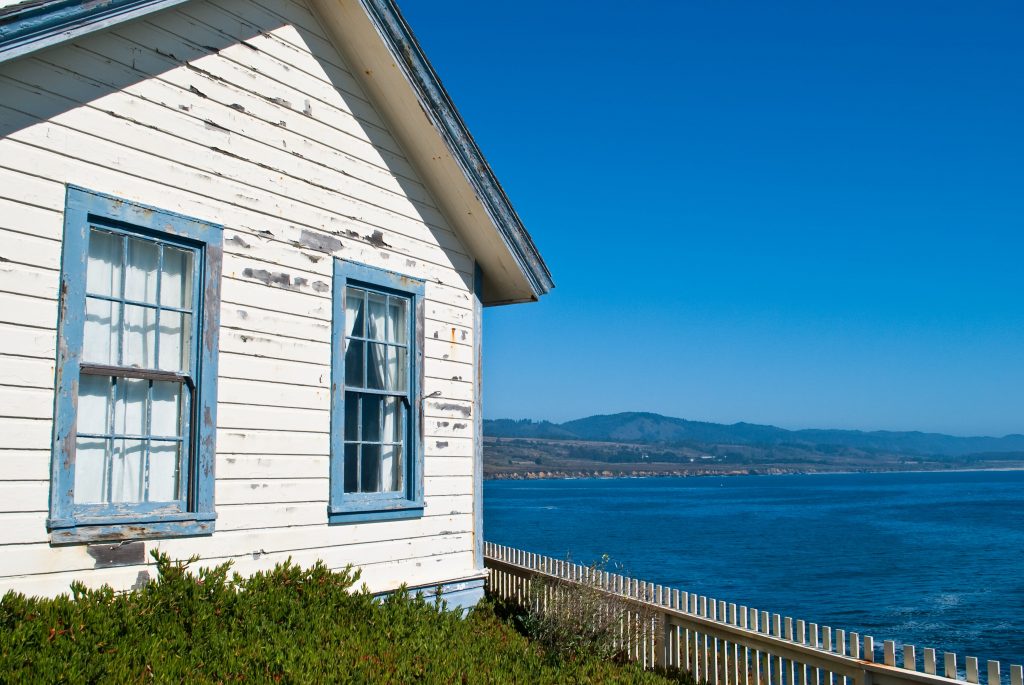
Recognising signs of wear and tear on the walls and ceilings, like peeling paint, cracking, flaking, and stains? It can be an unpleasant sight to see once it deteriorates which means it’s in desperate need of a touch-up or even a repaint. If you need some help understanding what the process of repainting is, then you’ve come to the right place.
When a surface gets prepared for painting there is a process to get it right. In very simple terms it’s about cleaning the surface, sanding it back, cleaning it again, and ensuring it’s had enough time to dry before beginning to apply a fresh coat. Even then, it’s not about putting a paintbrush to the wall, and calling it done. It needs to be applied properly, to ensure an even coat; then to be given 24 hours to cure to be ready for a second.
Without following the correct steps, paint isn’t going to last, and begin to peel or flake faster than you might realise. Sometimes the best option is to hire professional painters for the job.
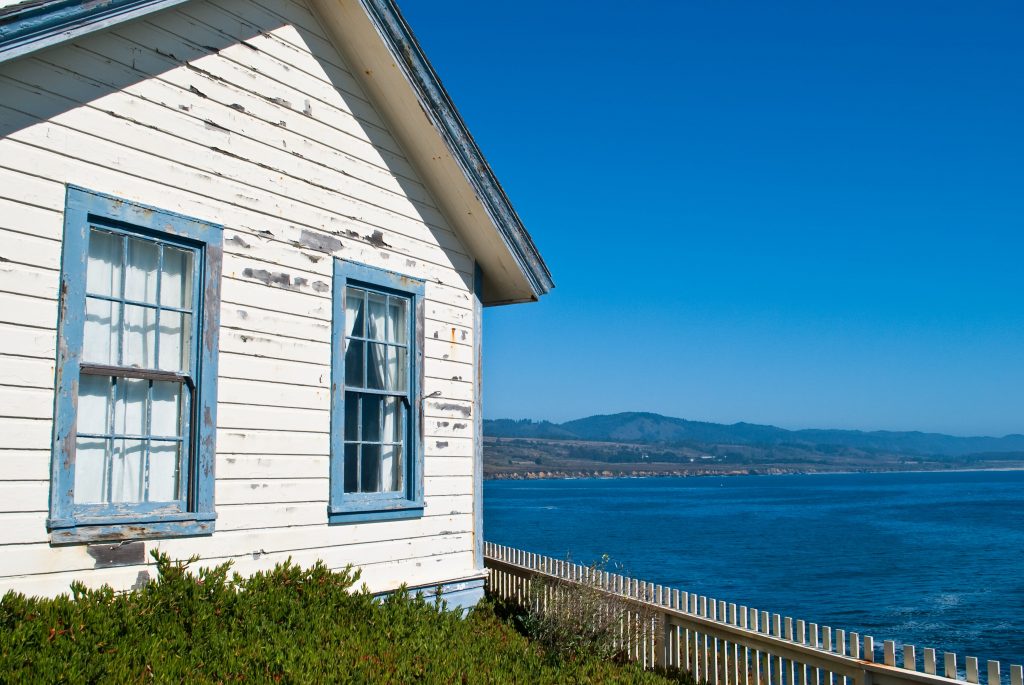
What Happens To Paint Over The Years?
Over time paint begins to degrade, peel, flake and stain thanks to a number of different reasons. However, there are a few things that directly cause paint damage, and hopefully, we can clear that up for you.
Peeling
The paint peel off meaning refers to a common issue with old paint where it starts to peel. Whilst it can be noticeable on the surface, it is due to problems beneath. Peeling can occur in several areas, such as your ceiling paint peeling or peeling in the bathroom. The most common cause of peeling paint is poor surface preparation, which can include attributes like moisture, dirt, grime and even the wrong type of paint.
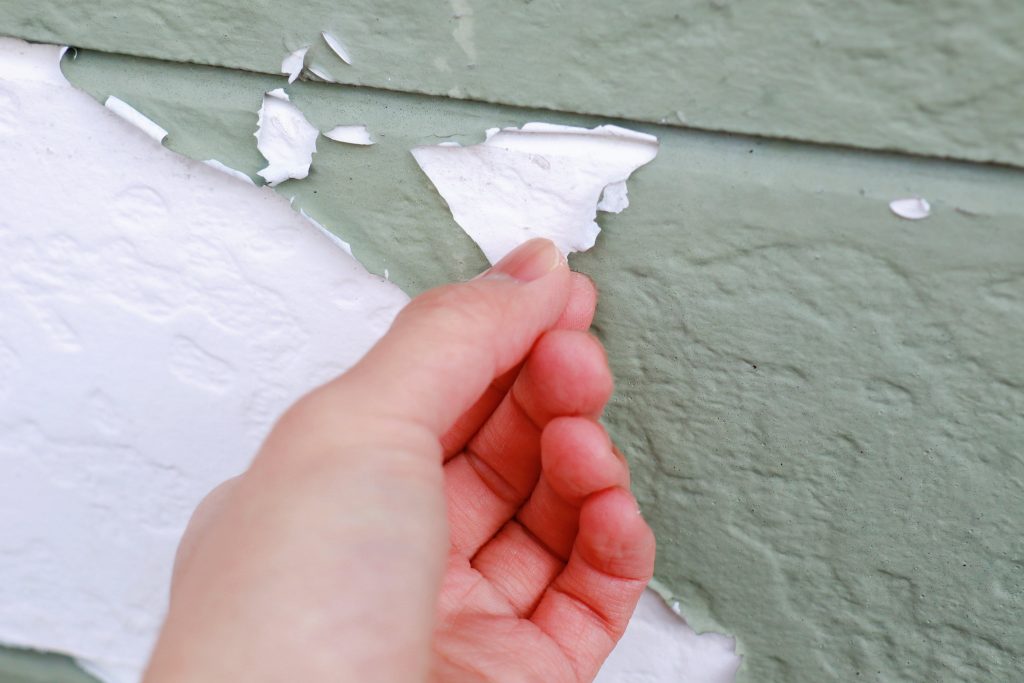
Scuff Marks
In a typical household, wear and tear is going to happen with busy lives, families and animals running about. Simple things like furniture against the walls, heavy objects like appliances or even school bags can damage the paint. Whilst these are small scenarios, over the years, there are going to be more scuffs, marks, scrapes and other signs of deterioration. It can be the marks of a well loved home, but it can also create a sense of messiness within.
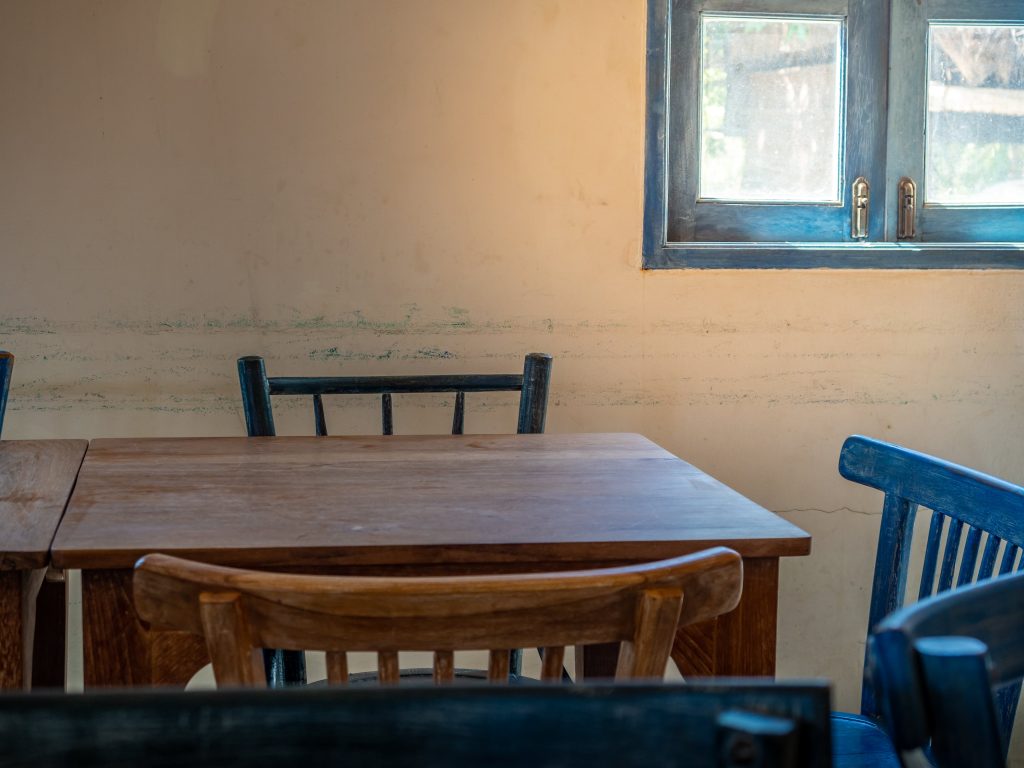
Flaking
Usually, flaking happens to the exterior of your home, because it gets dried out by the hot sun over the years, and it loses its adhesiveness. If your paint is old and is in the sun most hours of the day that will most likely be the candidate.
However, there can be a variety of other factors, such as humidity, water damage and low quality paint. In the same way paint can peel, water can trap itself beneath the paint and force itself out, therefore calling the paint to flake.
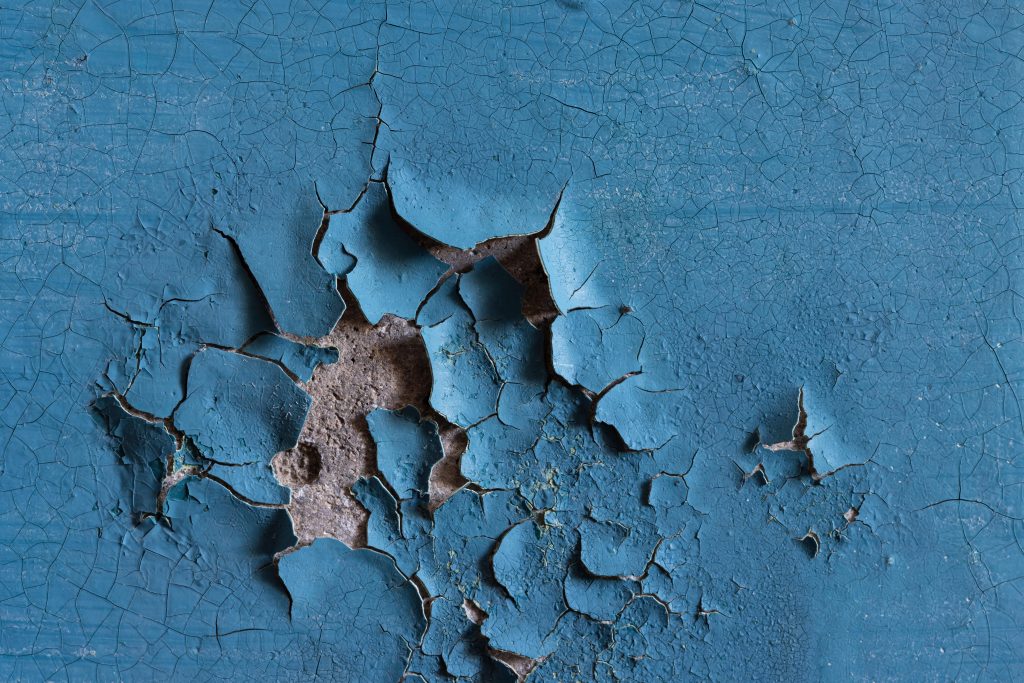
Stains
Stains are a result of living well in a home. Sometimes even if you’re careful and you wipe away any food stains, you may notice a patch will return anyway. When food or drink sprays or splatter on the wall, the oil can sink into the paint, permanently leaving a stain. In areas where there is frequent food exposure, like the kitchen, it is recommended to use either a latex based or oil based paint, as the properties don’t allow the food to stain. Typically it’s just a simple wipe and it’ll be gone.
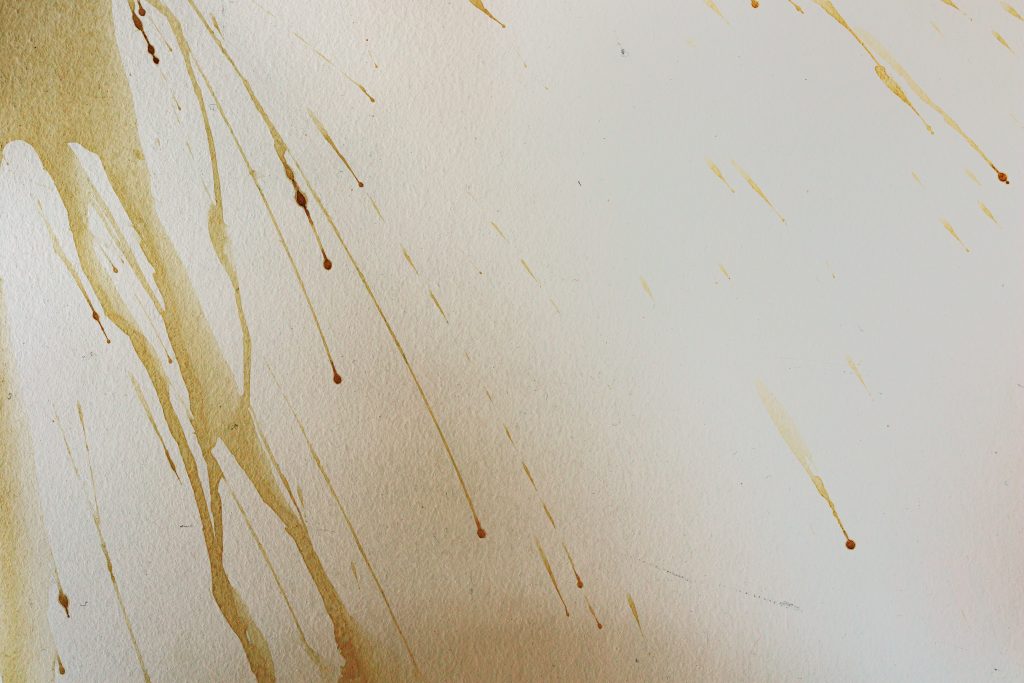
Fading
Fading is a very common problem within Australia due to the sun. Over the years, pigment begins to fade because the UV bleaches them, causing the colour to weaken. If the paint is heavily faded, when it’s touched, you may notice that it comes off in a powder because it has dried up and broken down. However, your interior can still fade especially if they are exposed to a lot of sun.
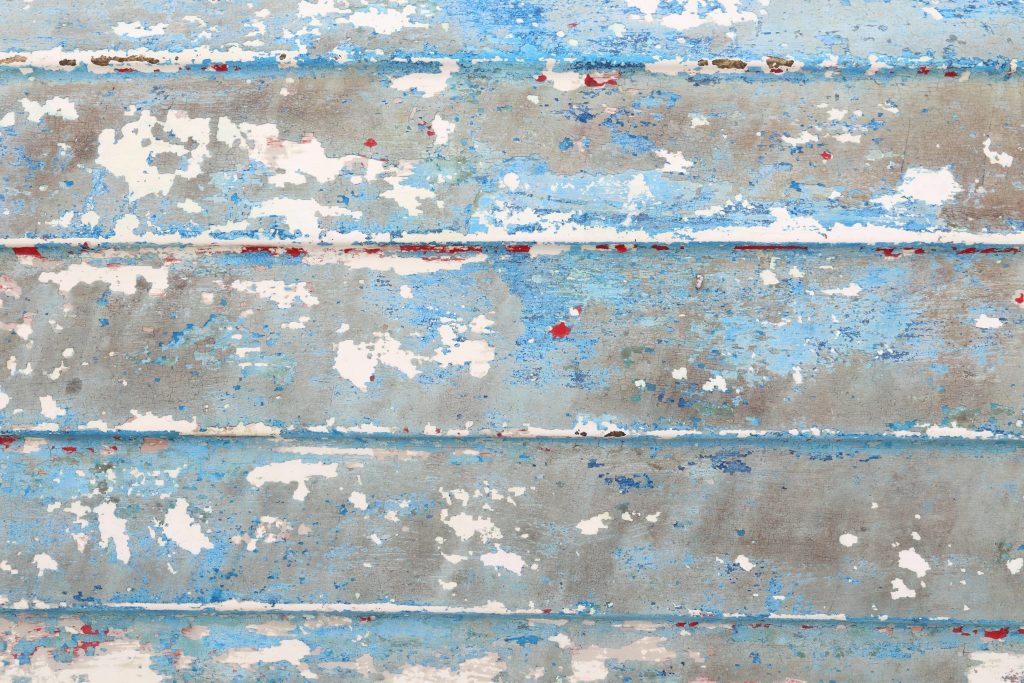
Mildew
Those dark stains that you notice growing in your corners? They’re most likely mildew, a fungus that can develop through paint in poorly ventilated or humid areas with a lot of moisture, like your bathroom or near a window. It can be removed with a mix of bicarbonate, sugar soap and vinegar but the truth is, you’ll most likely never be free of it. As it grows through the paint, the stain will still be there as a result of the warmth and either cheap paint or the wrong application.
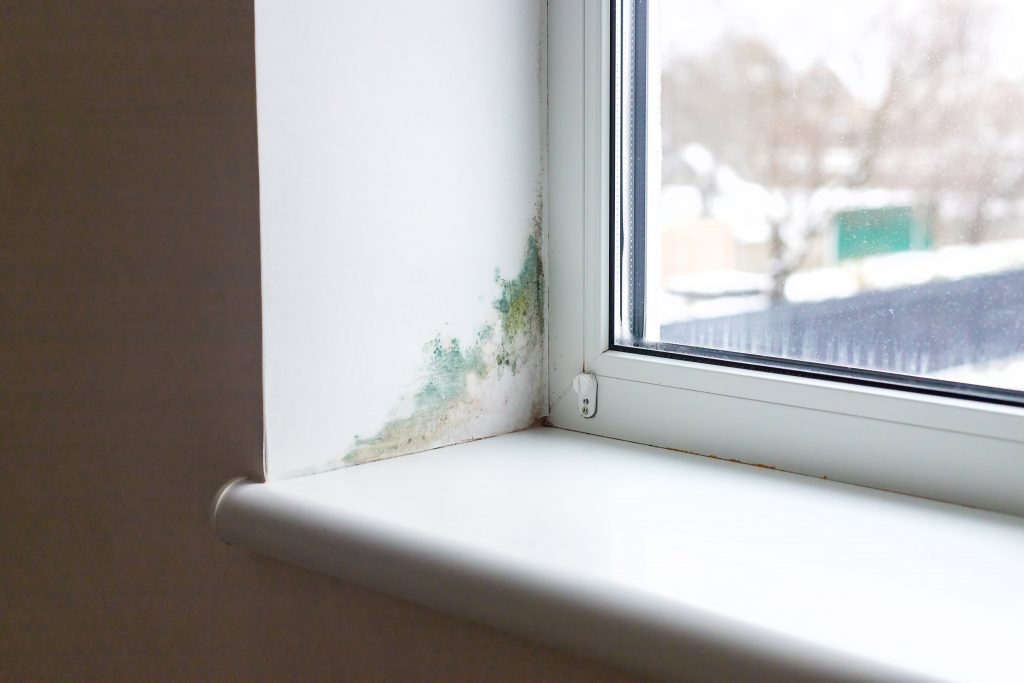
Can You Fix It Yourself?
There are a few ways to do little touch-ups if the affected area isn’t too large. For fixing peeling paint, you’ll need a few tools:
- 1 wire brush
- Sandpaper
- 1 bucket
- 1 sponge
- Paint
- 1 bristle brush
- Sugar soap.
To start, carefully brush away the loose paint where it’s begun to peel. Gently sand the affected area until it’s smooth. Mix lukewarm water with some soap in the bucket, gently remove any dirt and grime buildup with the sponge.
How Long Should Paint Last?
The lifespan of a paint job, if done by yourself, depends on a few factors;
- What kind of paint is it? Is it oil-based, latex-based, or acrylic wall paint?
- What is the paint’s quality? Is it just the cheapest option available, or a high-quality durable paint like Dulux as we use at Elite Painting?
- Has the surface been prepared correctly? Damp or dirty surfaces aren’t worth painting on until they’re clean and dry.
In general, if done correctly, by a professional, it’ll last anywhere from 5-7 years.
Need A Professional?
Once you finish a paint job you might swell with pride, but sometimes it can just be a difficult and stressful task. Don’t worry we have a solution for you, that will be stress-free and can guarantee you’ll have a fresh paint job for the years to come.
Hiring painting services can take the hassle out of painting. As a Dulux-accredited service, Elite Painting can do it for you! Even though we guarantee our services will last a long time, we have 5 years of warranty as an extra blanket of security, and we’ll be happy to come in and do any touch-ups if they’re needed. Get in touch with us, either by phone: 0404 681 371 or email: michael@elitepainting.com.au
